Advertisement
. . . tides
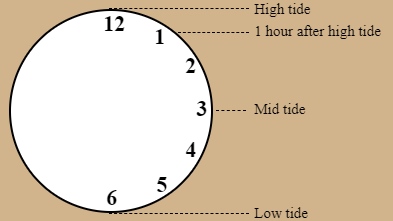
The average time between successive high tides is approximately 12 hours 25 minutes, which means that the interval between high and low tide is just over 6 hours. To get an idea of tidal movement, imagine a giant clock face on the beach, with the '12' at the high tide point and the '6' marking the low. An hour after the high, the tide will be approximately level with the '1'. The fastest tidal movement occurs around mid-tide. On the south coast of Wales, the Bristol Channel has the second highest tidal range in the world, and at mid tide the water depth can decrease by a foot in 10 minutes.
When the sun and the moon are in line (i.e. on a full or new moon), the pull on the tides is greatest. These are the Spring tides. The least tidal range occurs on the quarter moons, and these are the Neap tides. Spring tides occur when the high tide time is around 8 to 9 o'clock (either a.m or p.m.) for south Wales, around 10 to 11 o'clock for mid Wales, and about 12 to 1 o'clock for north Wales. Particularly high tides occur around the time of the Spring and Autumn equinox, and the highest tides (known as Perigean Spring Tides) occur when the moon's elliptical orbit brings it closest to the Earth.
. . . sand
Sand may look the same to many, but it's important to know why the different types occur.
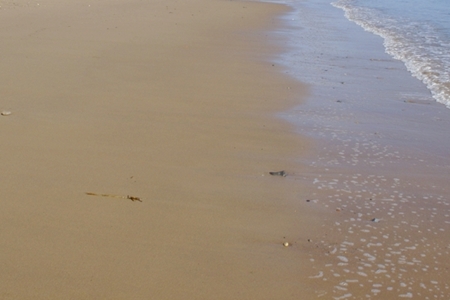
Flat sand
occurs when the wash from waves flows back quickly, either because of surf or where the sand has some gradient
Corrugated sand
occurs when the wash from waves flows back slowly, usually because the sand has little gradient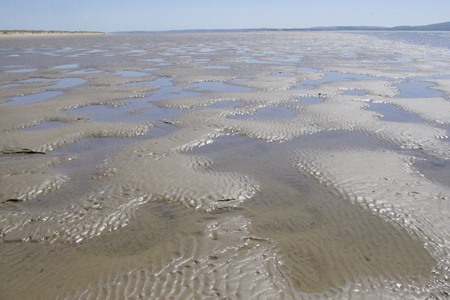
Puddled sand
occurs when currents flow across the sand. These may be rip currents.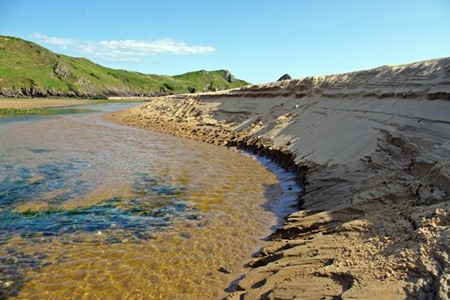
Steep sand
indicates fast currents - usually bordering streams or rivers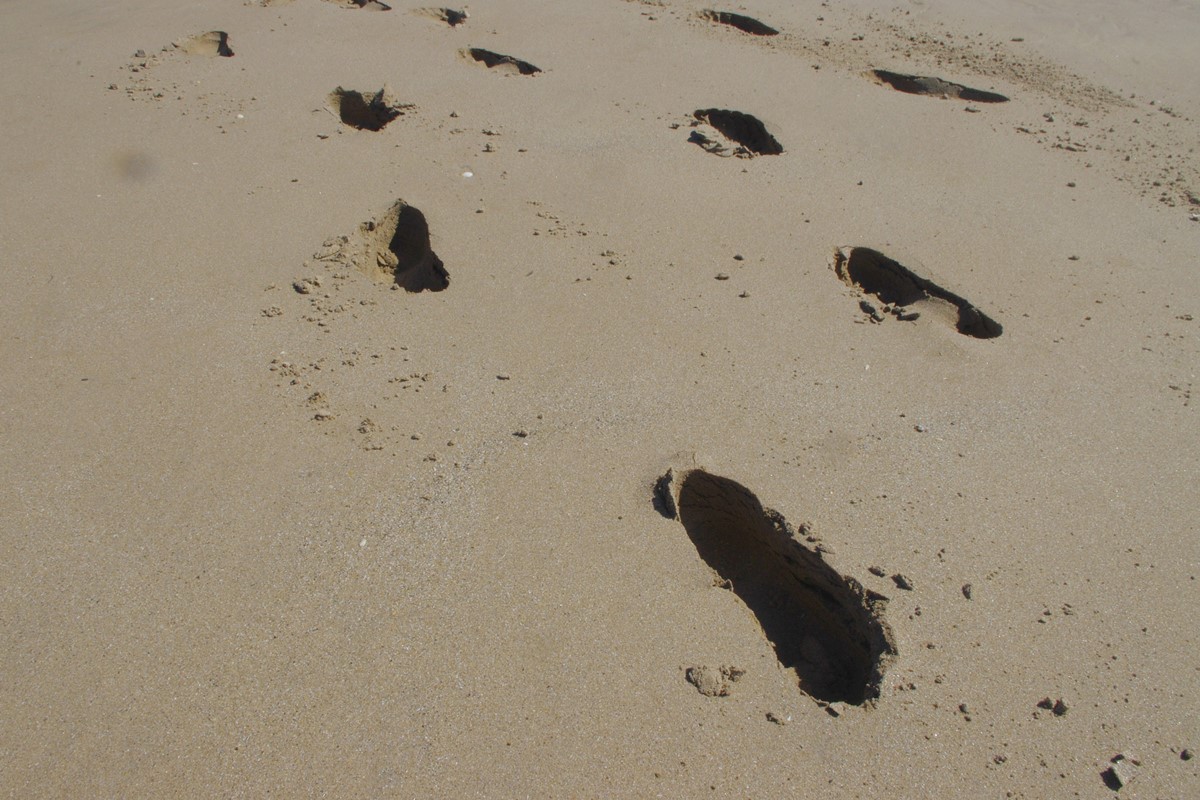
Sinking sand
occurs when water has been flowing through the sand, causing the granules to move apart. This often happens in the vicinity of strong currents.. . . rights-of-Way

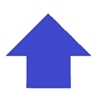


Covering most of England and Wales is a network of public rights-of-way, which can be classified as either footpaths, bridleways or byways.
Footpaths (usually waymarked with yellow arrows) indicate a right-of-way on foot.
Bridleways (usually waymarked with blue arrows) aditionally indicate a right-of-way on horseback or pedal cycle.
Restricted byways (usually waymarked by purple arrows) additionally indicate a right-of-way in a horse drawn vehicle.
Byways (usually waymarked with red arrows) additionally indicate a right-of-way in any vehicle.
Unless the R-o-W is exceptionally well-maintained, you'll need a map of at least 1:25000 scale to follow it. A right-of-way is effectively a public highway, and you may use it as often as you wish, at any time of day or night, for the purposes of getting from one place to another, but not for other purposes such as annoying the landowner! If you find the route obstructed, you may divert around the obstruction, provided this does not take you onto someone else's land. You are also legally allowed to remove sufficient of any obstruction in order to pass, provided you keep any damage to a minimum. Any obstructions should be reported to the local council. Strictly speaking, this means you may cut any fences across a path, but only do so if you can't easily get past and you're 100% certain you're in the right place.
. . . why are sun rays not parallel?

Often late (or early) in the day the sun appears as in the image, but if it's 93 million miles away, the rays of light should be almost parallel. Do the red lines in the other box look parallel? This is a favourite argument of the mentally-challenged flat-Earth brigade, so how do you explain this image?
Click here for answerThe rays ARE parallel. This can often be seen when the sun is low in the sky. The rays of light directly beneath the sun appear to be going vertically down, but they're not. All the rays are coming to the viewer at a very shallow angle. Because you can't see the depth of the rays, it gives the illusion seen in the image. The image of the rail lines shows the difference a little depth can make. Refresh the page to see again.
. . . anything wrong?
One of the difficulties of writing websites like this, is that different browsers behave differently, and these days it is necessary to allow for a wide range of different screen sizes - from mobiles which can be about 300 pixels wide to desktop monitors which can be around 2400 pixels. If anything doesn't look right on your device, please let me know. It would help if you include your screen width (which is pixels). I also make frequent changes to the site, so there will inevitably be times when I mess it up. Once again, please let me know if anything looks wrong or doesn't work properly. Use the Contact Form below or email me on bridle17@hotmail.com.
. . . Adblockers!

Adverts can be annoying, but many small sites depend on some income from advertising to keep going. This site does not make a profit and it takes a lot of time and expense to run it. Without advertising, it simply wouldn't be worth keeping it going. Adblockers work by blocking elements of a webpage which appear to be advertisements. To discourage their use, I have made the text content of most of the pages appear (to an adblocker) to be advertisements, so adblockers also block the text. Some images will also appear in black & white. To view this site properly, please turn off your adblocker if you're using one.
. . . advice

I am usually happy to offer advice if you're looking for anything particular, but please don't ask me questions which are best directed to the local council. Use the Contact Form below.
. . . copyright
All images on the main pages of this site (from the top menu) are my own, and may not be used elsewhere without permission. I am however usually willing to allow free use of an image for purposes other than another internet guide, so if you like one, please ask.
